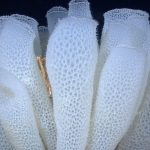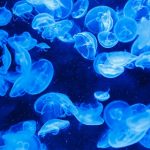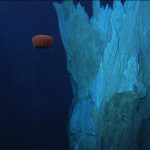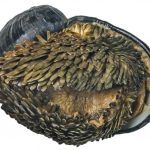Source: chinadialogue ocean
Author: Jessica Aldred
Prof Mat Upton is a medical microbiologist and Dr Kerry Howell is a deep-sea marine ecologist. At the University of Plymouth they have discovered antimicrobial properties in bacteria that live in a species of deep-sea sponge – a potential breakthrough in the fight against antibiotic-resistant superbugs. But they warn that such potential could be lost in the drive to exploit the ocean floor for minerals.
Continue reading Deep sea sponges may hold key to antibiotic resistance










